The Serola Inflatable Pelvic Blocks are used in executing the Sacral-Occipital-Technique, which is a chiropractic and physiotherapy treatment used by many practicing chiropractors and physiotherapists today to effectively correct sacroiliac dysfunction. Designed for home or clinic use!
Health Professionals who use the blocking techniques developed by Dr. Major B. DeJarnette will easily recognize the most obvious benefit of inflatable blocks, their portability. Because they can deflate relatively flat, they are very convenient for travel. They easily fit in a briefcase or glove box.
Inflatable pelvic blocks have been made before but they have functioned poorly because the ASIS causes a depression in the soft surface that simulates a bowl rather than a wedge.
Serola Biomechanics has solved this problem by placing a foam covered board into the top surface of the blocks. This board creates a firm surface that floats on a cushion of air.
Enhanced Rocking Action: Dr. DeJarnette stressed the importance of the carpet tacks on the bottom of his original blocks. These tacks allow the blocks to rock on a thick, foam covered board so that they can adapt to the body’s respiratory motion and guide the pelvis into correction.
The Serola Inflatable Pelvic Blocks apply this rocking principle more effectively. Because the board floats on a cushion of air, it rocks more freely, and is better able to adjust to the body’s downward forces, even without a bottom board.
The flexibility of the board allows it to bow slightly as the pelvis presses down. This slight bowing creates a spring-like cushioning effect which, when combined with the foam board, provide superior comfort, especially for thin and sensitive patients. However, the board is firm enough to maintain the wedge shape and provide superior function.
In summary, these new inflatable blocks provide much more than improved portability; they provide superior comfort and function compared to standard wood and foam blocks.
After years of research and re-design, the Serola Pelvic Blocks are finally available in tough urethane for years of trouble-free use.
How does the Serola Inflatable Pelvic Blocks work?
The Serola Inflatable Pelvic Blocks are used in executing the Sacral-Occipital-Technique, which is a chiropractic and physiotherapy treatment used by many practicing chiropractors and physiotherapists today to effectively correct sacroiliac dysfunction. Inflatable pelvic blocks sometimes referred to as pelvic sacral blocks have been made many times before, but they have functioned poorly because the ASIS causes a depression in the soft surface that simulates a bowl rather than a wedge. Serola Biomechanics has solved this problem by placing a foam-covered board into the top surface of the blocks. This board creates a firm surface that floats on a cushion of air.
As many doctors know, the original wooden blocks always placed importance on the carpet tacks on the bottom of the blocks. These tacks allowed the blocks to rock on a thick, foam-covered board so that they can adapt to the body’s respiratory motion and guide the pelvis into a correction.
The Serola Inflatable Pelvic Blocks apply this rocking principle more effectively. Because the board floats on a cushion of air, it rocks more freely and is better able to adjust to the body’s downward forces, even without a bottom board.
The flexibility of the board allows it to bow slightly as the pelvis presses down. This slight bowing creates a spring-like cushioning effect which, when combined with the foam board, provides superior comfort, especially for thin and sensitive patients. However, the board is firm enough to maintain the wedge shape and provide superior function.
How to Use The Serola Inflatable Pelvic Blocks
To assess: Get your patient to lie prone (on their stomach) on a bench (or floor at home) Lift the legs by the ankles and gently sway from side to side to try to get the patient as symmetrical as possible. Note leg length and buttock height (if any)
To treat: Place one block under the ASIS (the bony point at front of pelvis) on the long leg side and the other under the hip of the other side. Leave for 10-15 minutes. Ask patient to relax the muscles of the buttocks and pelvis. The body`s breathing action will help realign the pelvis and relax painful muscle spasm.
If there is no difference in leg length / buttock height, use as above alternating sides for 5 minutes per side.
Who uses the Serola Inflatable Pelvic Blocks?
The Serola Inflatable Pelvic Blocks are designed to be used at home by the patient or by health care professionals to help correct sacroiliac dysfunction.
The Serola Difference
- Inflatability equals portability. The ability to deflate means they are convenient and easy to use for travel
- Made from tough, yet comfortable urethane for trouble-free use
- Superior comfort and function compared to wood blocks
- Foam-covered board allows the blocks to adapt and guide the pelvis into correction better than any other product on the market












 Ask A Question
Ask A Question
 Tax Exempt Shopping
Tax Exempt Shopping
 Get Clinical Pricing
Get Clinical Pricing
 Affiliate Program
Affiliate Program
 Retail Stores
Retail Stores
 Health Hub
Health Hub
 Shipping Policy
Shipping Policy
 Returns/Exchanges
Returns/Exchanges
 About Us
About Us
 Contact Us
Contact Us
 Login | Register
Login | Register




 BIOFLEX P120 Light Therapy System
BIOFLEX P120 Light Therapy System

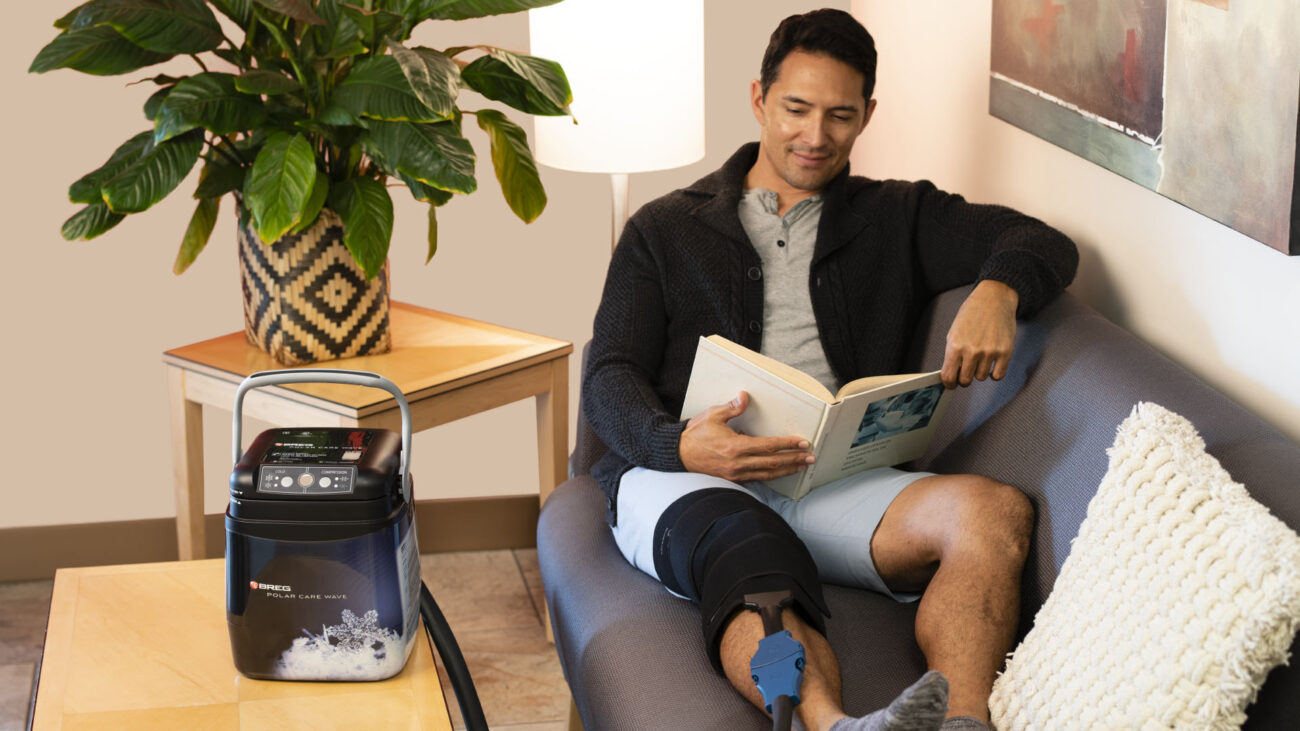




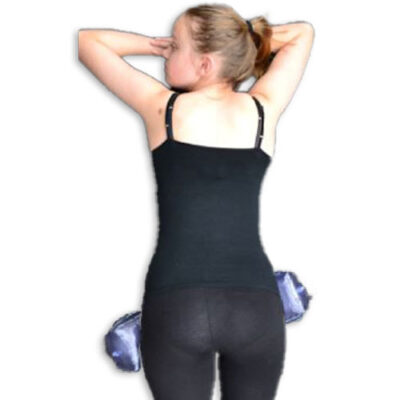





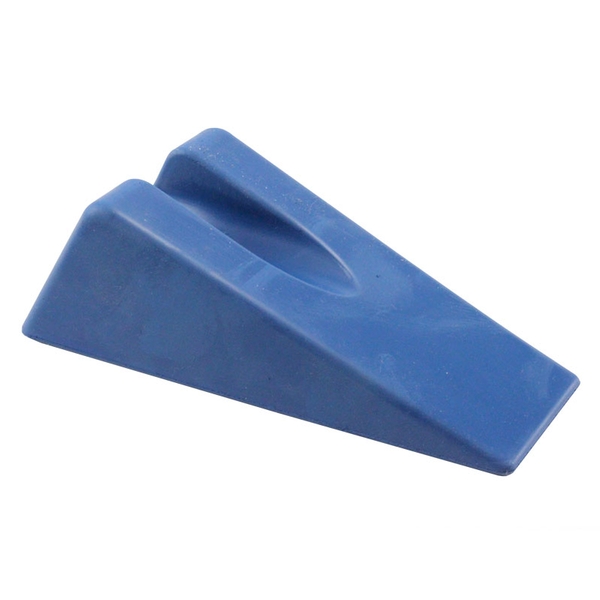


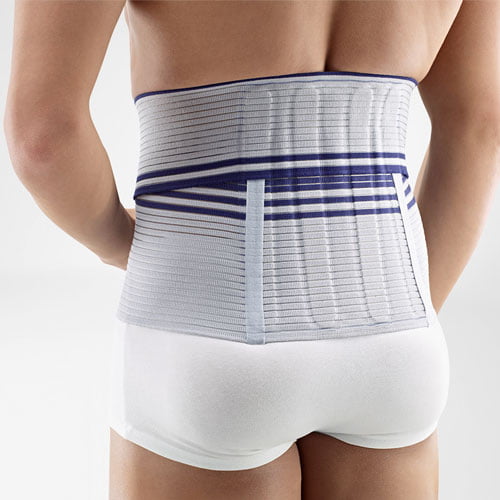
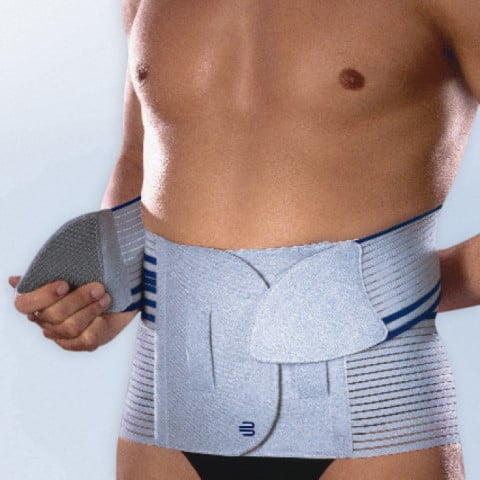
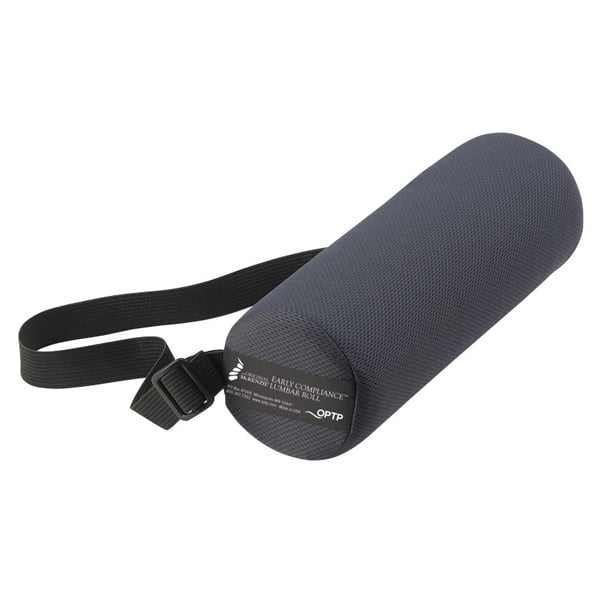


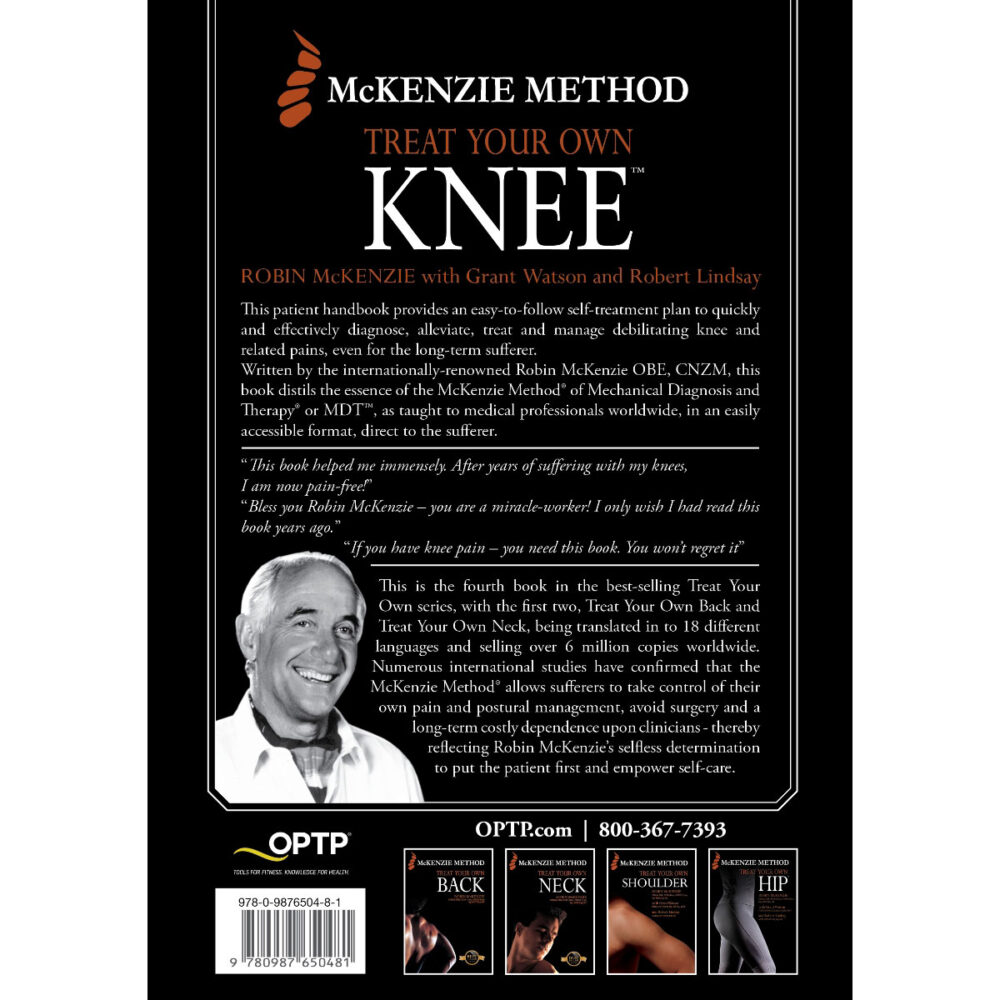
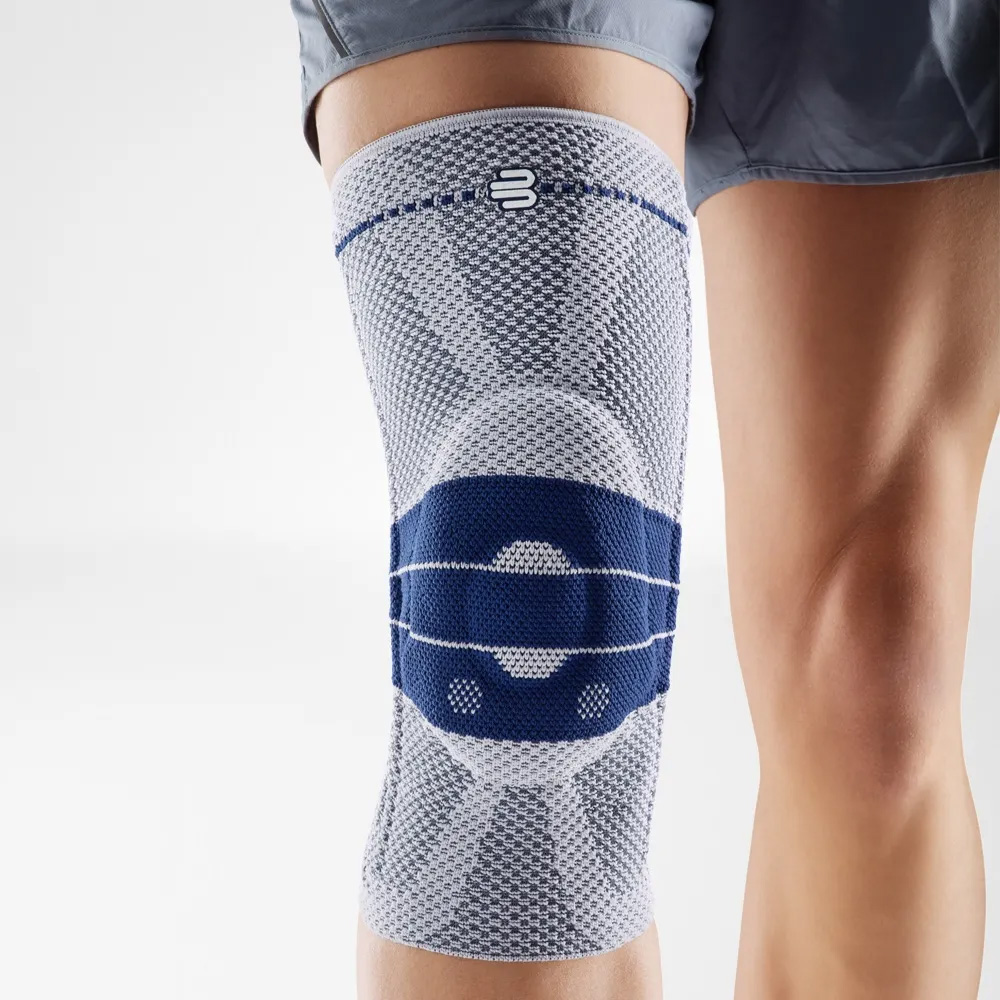
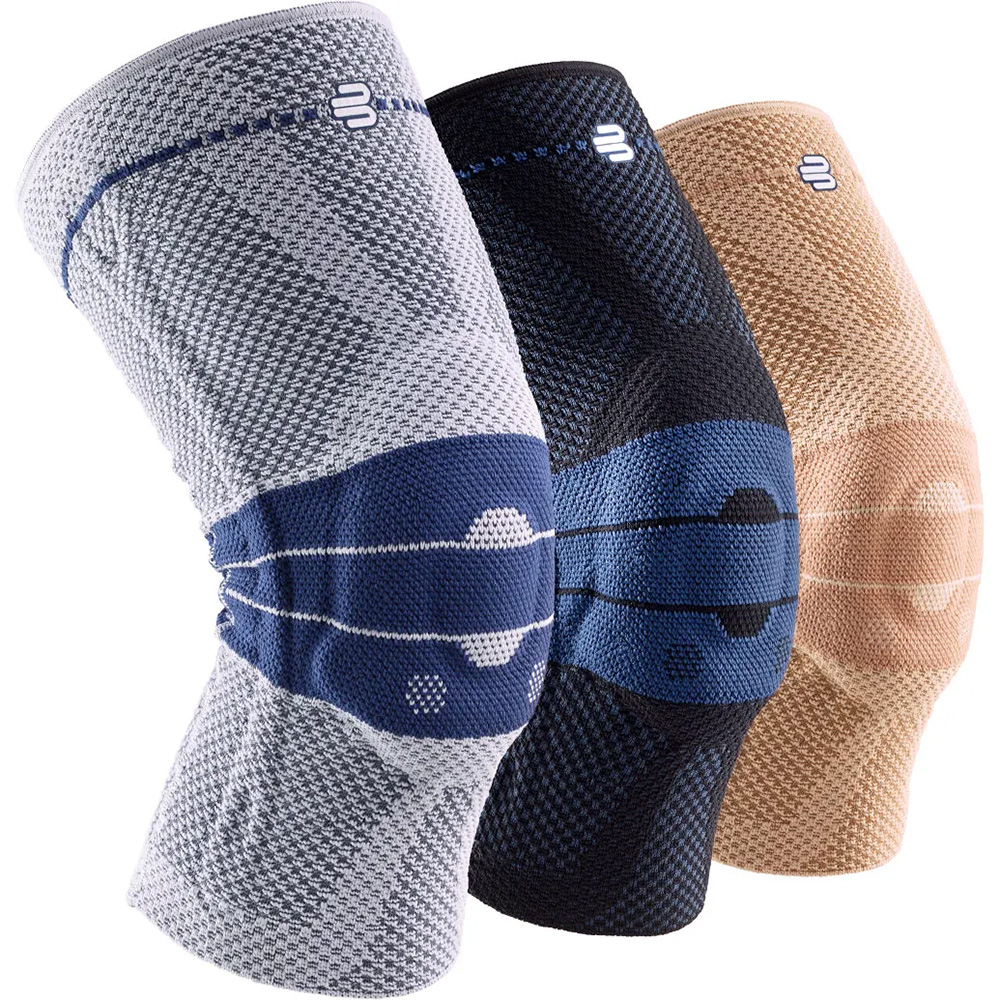



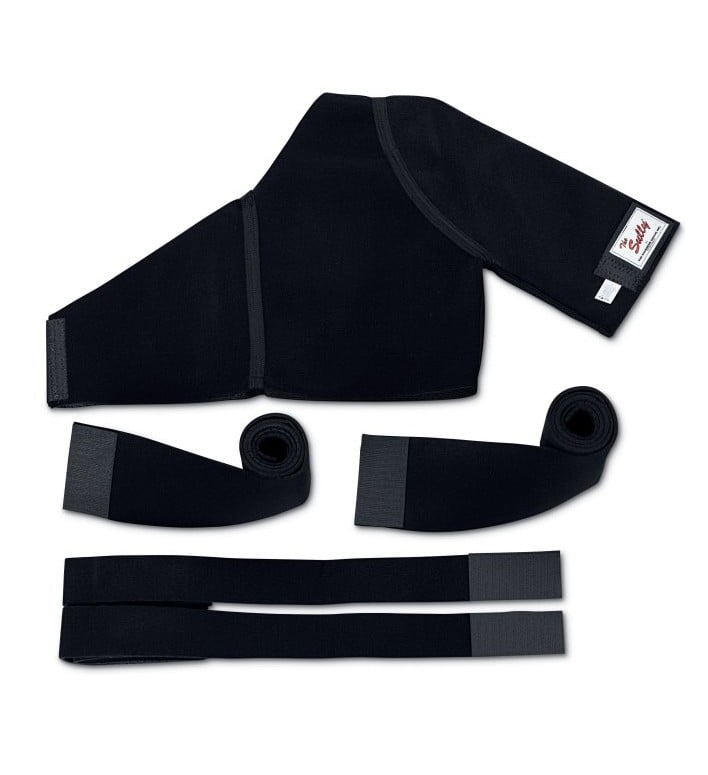
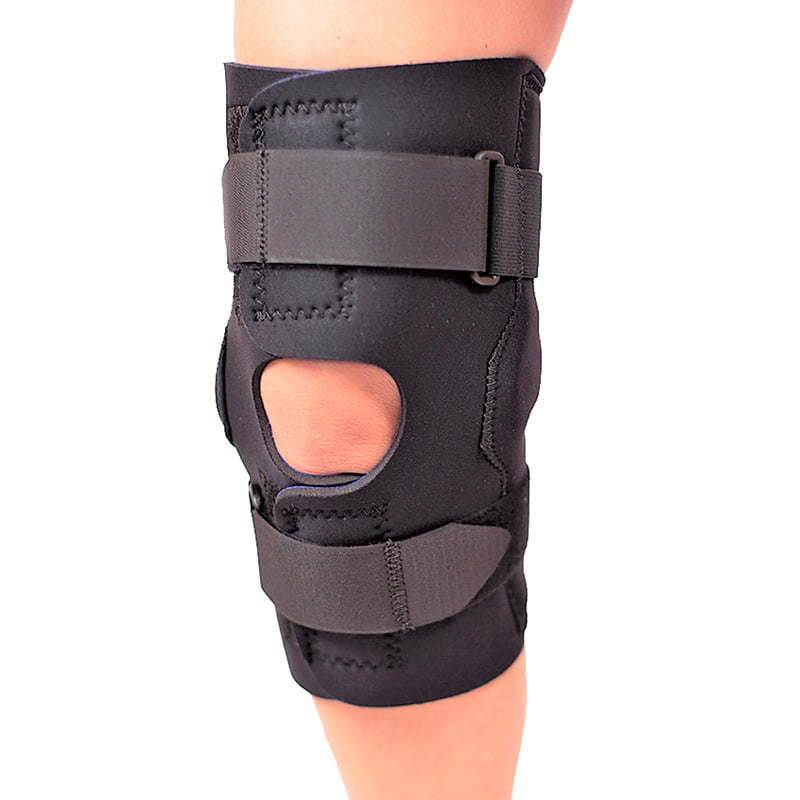
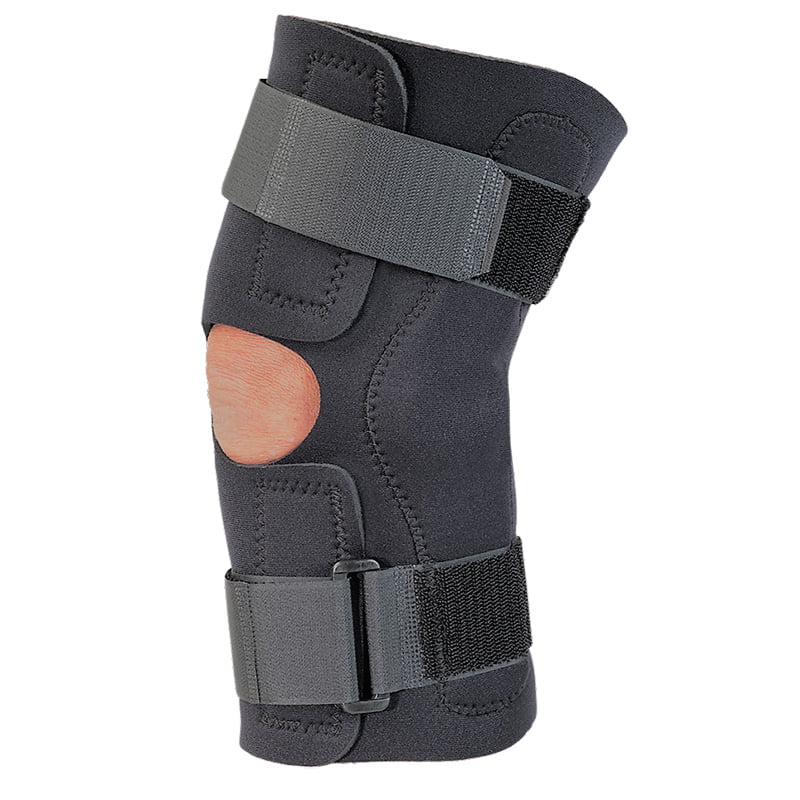




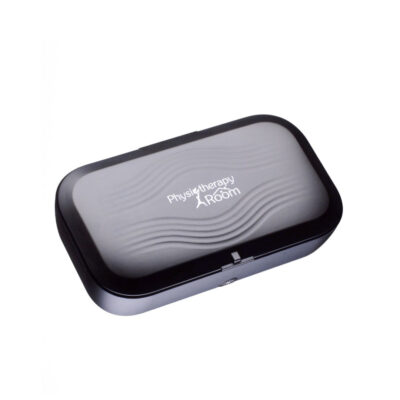
Reviews
There are no reviews yet